Contents
Landmarks
Print Page List
Shambhala Publications, Inc.
2129 13th Street
Boulder, Colorado 80302
www.shambhala.com
2022 by Zenju Earthlyn Manuel
Cover art: Carole Hnaff
Cover design: Kate E. White
Interior design: Lora Zorian
All rights reserved. No part of this book may be reproduced in any form or by any means, electronic or mechanical, including photocopying, recording, or by any information storage and retrieval system, without permission in writing from the publisher.
 This edition is printed on acid-free paper that meets the American National Standards Institute Z39.48 Standard.
This edition is printed on acid-free paper that meets the American National Standards Institute Z39.48 Standard.
 Shambhala Publications makes every effort to print on recycled paper. For more information please visit
Shambhala Publications makes every effort to print on recycled paper. For more information please visit
www.shambhala.com.
Shambhala Publications is distributed worldwide by Penguin Random House, Inc., and its subsidiaries.
Library of Congress Cataloging-in-Publication Data
Names: Manuel, Zenju Earthlyn, author. |
Arai, Paula Kane Robinson, writer of foreword.
Title: The shamanic bones of Zen: revealing the ancestral spirit and mystical heart of a sacred tradition / Zenju Earthlyn Manuel; foreword by Paula Arai.
Description: Boulder: Shambhala, 2022.
Identifiers: LCCN 2021039380 | ISBN 9781611809190 (trade paperback)
eISBN 9780834844278
Subjects: LCSH : Zen BuddhismRituals. | BuddhismRituals. | Zen Buddhism. | Buddhism.
Classification: LCC BQ 9270.2. M 36 2022 | DDC 294.3/43dc23
LC record available at https://lccn.loc.gov/2021039380
a_prh_6.0_139121906_c1_r0
The soft breath of the ancestors touched my face with the sun this morning. I awakened in the sweetness left on my skin last nightthe scent of pine and cedar from wood burned in the fire. And the pain is not the problem. It is evidence of life that is older than redwood trees.
Contents
Foreword
While reading The Shamanic Bones of Zen, I saw a documentary on elephants navigating ancient routes across the African continent in their annual migration between habitats with sufficient water. Passing through harsh environments, they arrived at a watering hole that had dried up. Before despair set in, a mother elephant gently picked up a bone of an elephant who had not survived a past journey. She tenderly passed it to her calf to hold. This poignantly deliberate act conveyed the gravity of respecting forebears, humility in the face of natures cycles, and gratitude for the support of others. Safe passage depends on ritualized actions that intimately connect ancestors and living beings, imparting wisdom that transcends birth and death. In this sense, elephants are shamanic beings.
Attuning to the dynamic activity of being-time, Zenju Osh unearths the bones of Zen. She discerns that these venerable bones consist of immeasurable forces not subject to ordinary cause and effect or fully controllable by human effort, and she feels the pulse of shamanic sensibilities coursing through Zen practices and teachings. The author illuminates how Zen practice offers numerous portals to the flow of intimate interconnections wherein liberating transformation occurs. Communing and communicating with beings one has never met is shamanic activity. Making offerings to ancestors and those whom one does not know or love personally is shamanic activity. To bow in gratitude to those who have caused harm is shamanic activity. Zazen is a ritualized act that opens ones heart to grow, expand, and connect, enabling one to hear crying, even when sitting quietly alone. Attuning to the rhythms of earth, air, water, and fire and offering ones whole self for awakeningfor compassion to allis shamanic activity. When steeped in a shamanic modality that dissolves limitations and expands awareness, Zen practices and teachings galvanize boundless embodied activity and amplify transformative power. Shamanic Zen thrives in conditions that are imponderable, painful, and elusive. Practicing in a shamanic mode heals wounds generated by delusion, greed, hatred, and oppression. Like glaciers, most of its massive activity occurs below the surface.
Perhaps the shamanic dimension of Zen has receded into the shadows because in America Zen is characterized as a tradition that cultivates the kind of thinking associated with a scientific perspective. A shamanic perspective is not incompatible with modern science, but those who prefer clear reasoning and being in control often downplay or ignore this central aspect of Zen. To speak openly about this dimension of Zen displays Zenjus courage, her courageous love.
The shamanic bones of Zen are porous. They have not been molded to reinforce sectarian authority or official institutional structures. The bones are infused with vibrant streams of indigenous traditions that transform teachings and practices in order to provide native nutrients for thriving in local conditions. In accordance with the vow to liberate all beings, any barriers that stand in the way of compassion must be dismantled, and anything that serves compassion can be enlisted. Zenju Osh acknowledges these creative currents as she transmutes available resources to shed light on suffering.
Zenju Osh teaches how a shamanic mode of Zen offers a way to awaken to peace while remaining attuned to the painful reality that we all suffer when people angrily harm others, deliberately leverage power to serve the select few, or ignore the insidious systems that undergird injustice. As humans we are organic, impermanent forms of congealed earth who channel water, animate fire, and circulate air, and we are capable of embodying flowing wellsprings of love. With piercing clarity, Zenju challenges her readers with a pointed question, Are you willing to experience love?
To read this book is to enter a sanctuary that inspires openness and growth. Guiding us to breathe ourselves back to immeasurable love, Zenju Osh empowers and affirms each person in their particular embodied form. She invites us on a path that leads to the boundless flux of a liberating home, a home fortified with tender and fierce acts of compassion, a home where people crying I cant breathe! are heard, a home that generates safe conditions for all to be at peace. This is the marrow of the shamanic bones of Zen.
Paula Arai
Rattling the Bones

I enter the zendo without a sound. I sit in my designated chair. The cold of winter causes me to wrap my light wool robe tighter around my body. The bells are ringing and drums are playing. I bow when the head teacher passes. I smell the earth, mold instead of incense. The seeing begins when all is quiet and still. But my breath is not there. I cant breathe. I can no longer sit up. My body leans. Am I dying? Fear rises. I had not been feeling well. I dont look around. I am only with this dying, my heart out of rhythm. I hear the words, You are going to be fine. I feel myself being shepherded into death by those talking to me. I flinch and then notice a sudden joy that someone is speaking to me while I am dying. That there will be someone or something there to lovingly lead me to my death.

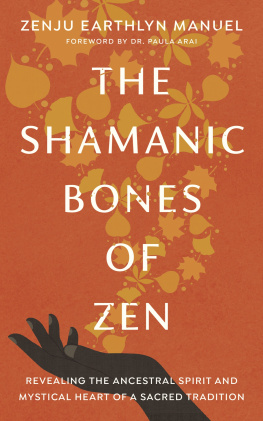
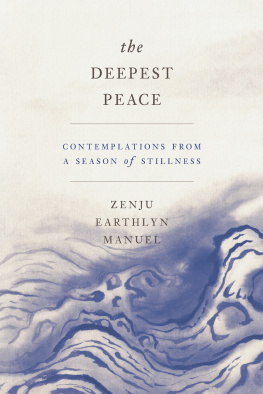
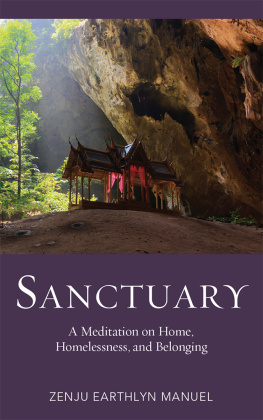

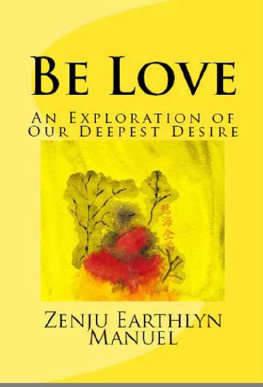
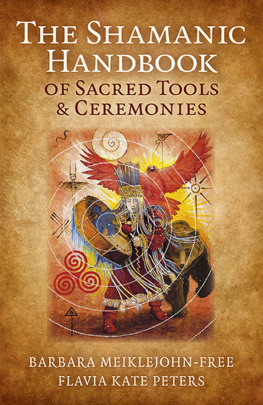

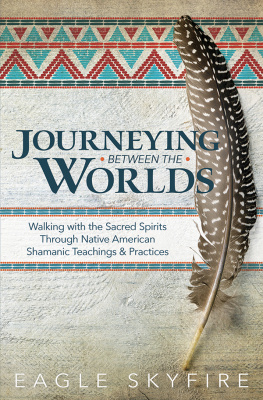
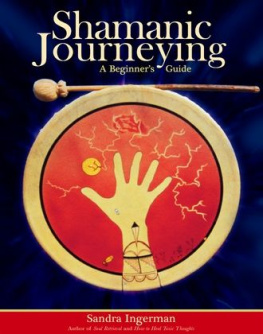
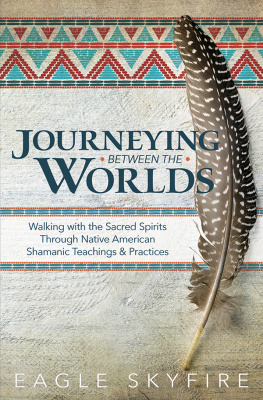

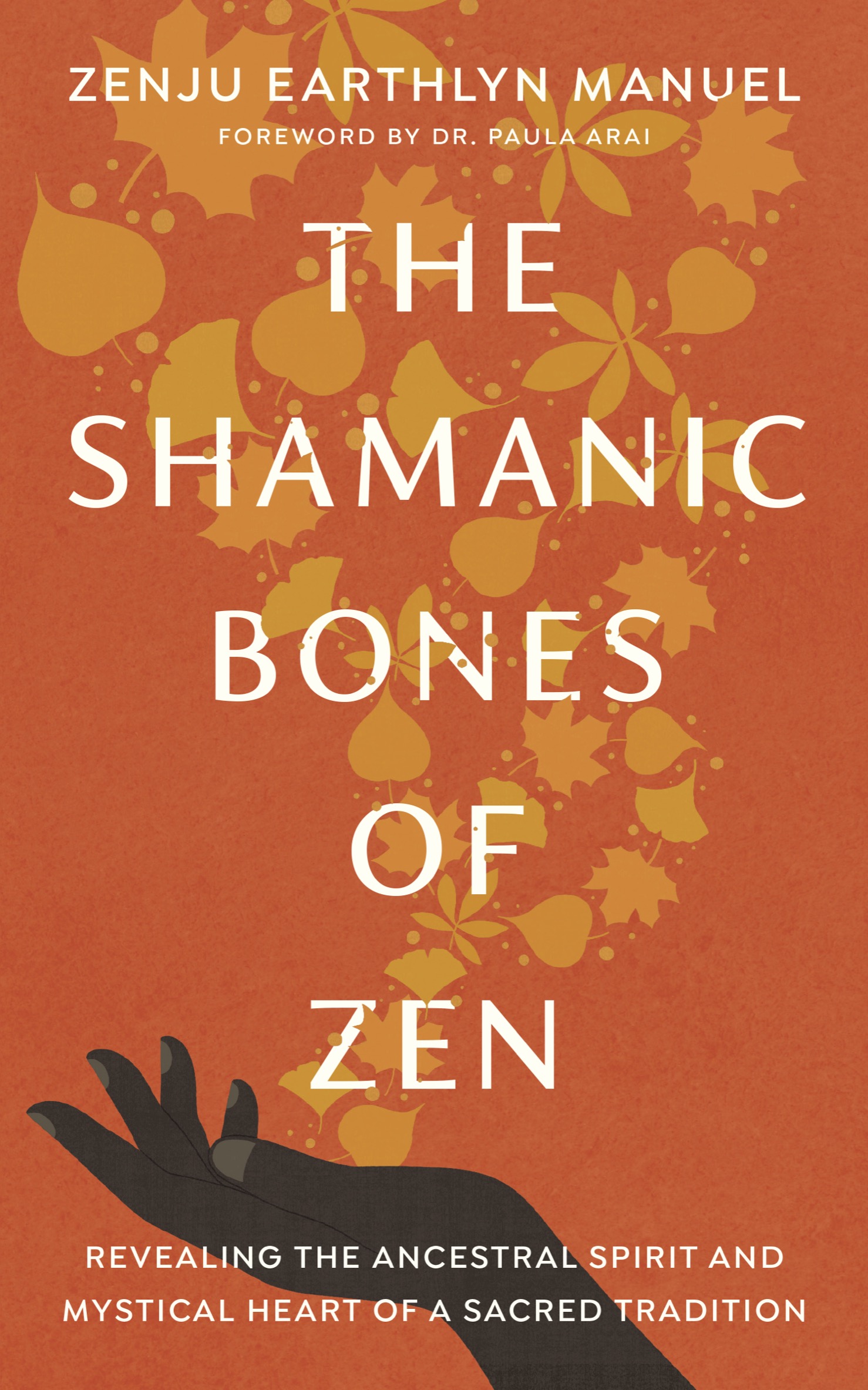
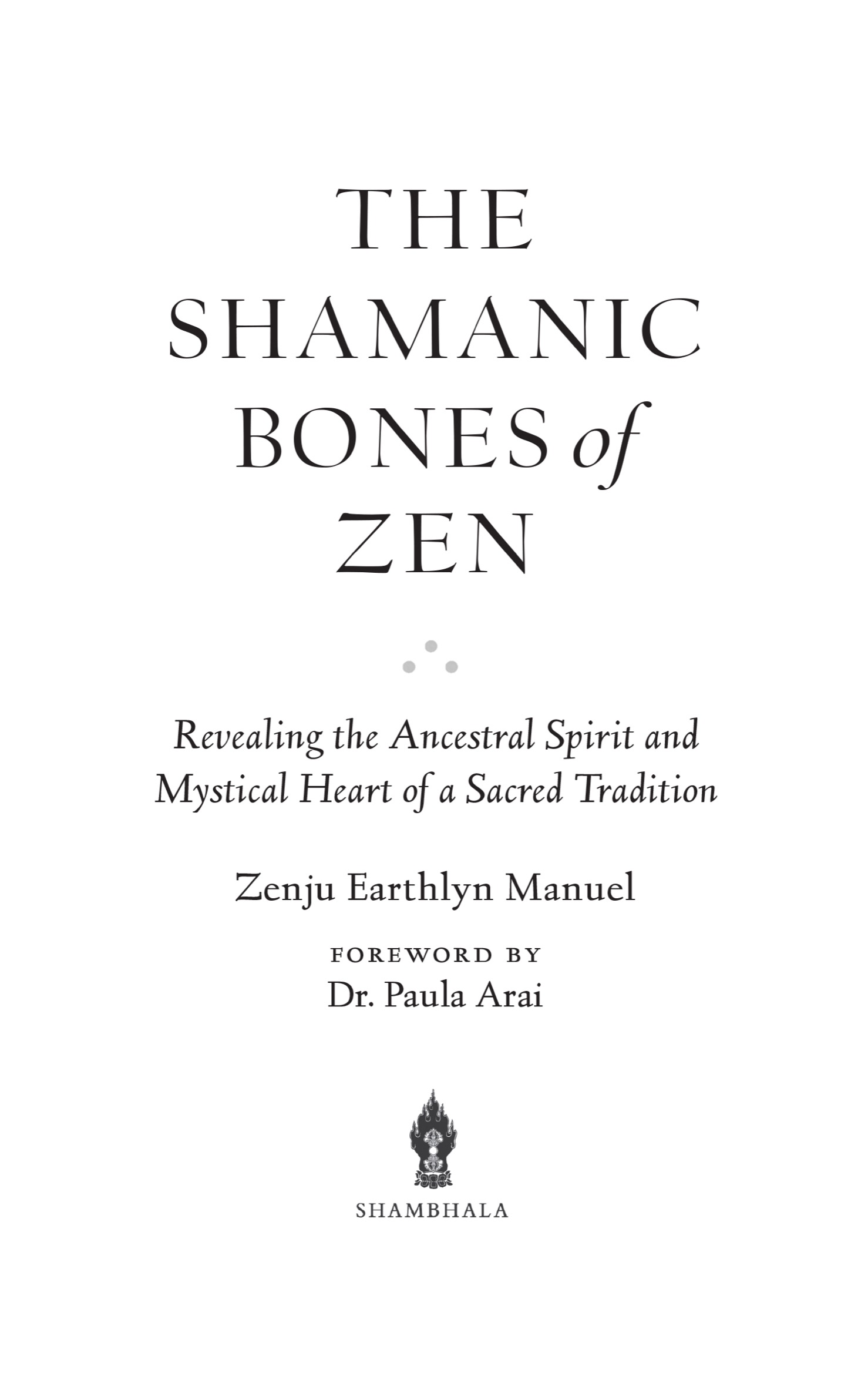
 This edition is printed on acid-free paper that meets the American National Standards Institute Z39.48 Standard.
This edition is printed on acid-free paper that meets the American National Standards Institute Z39.48 Standard. Shambhala Publications makes every effort to print on recycled paper. For more information please visit
Shambhala Publications makes every effort to print on recycled paper. For more information please visit